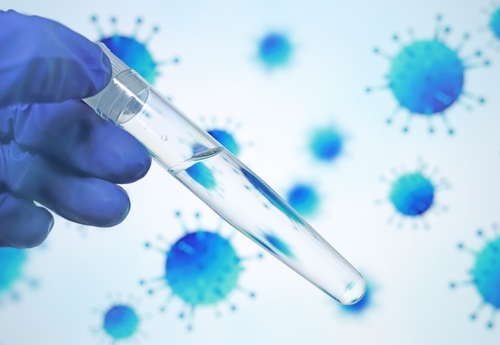
Recent research has raised significant concerns about the health impacts of microplastics, tiny plastic particles found in a wide range of environments, from oceans to the human body. These studies suggest that microplastics could pose serious health risks, prompting calls for increased regulatory measures and further scientific investigation.
Microplastics, defined as plastic particles less than five millimeters in size, have been detected in various human organs, including the lungs, liver, and even the bloodstream. A study published by the Environmental Working Group found that microplastics can carry toxic chemical additives into the body, potentially disrupting the hormone and reproductive systems, and carrying pollutants and microorganisms that could harm human health.
Microplastics, pervasive in our air and water, and found in arteries, blood clots, lungs, placenta, liver, GI tract, and testicles. Hyper-inflammatory, linked to clinical events. But little is being done to reduce their burdenhttps://t.co/tpgPnbmaMb
— Eric Topol (@EricTopol) June 10, 2024
Another study highlighted in Nature linked the presence of microplastics in the human body to an increased risk of cardiovascular diseases.
Researchers found microplastic particles in the arteries of individuals undergoing surgery, noting that those with detectable levels were significantly more likely to suffer from heart attacks and strokes. The exact mechanisms by which these particles contribute to such conditions remain under investigation, but the findings underscore the need for caution.
Want your blood tested for microplastics for free? The test retails for $150 and I have 3 (out of 5 total) more kits to give away. Keep reading to see if you qualify.
Microplastics are everywhere. Even people who live in remote areas of world are not exempt from exposure.… pic.twitter.com/AWxYm1cmPe
— 💯 Cary Kelly 💯 (@CaryKelly11) June 7, 2024
Further compounding these concerns, a report from Phys.org emphasized that while the presence of microplastics is widespread, the full extent of their health effects is not yet fully understood. Researchers advocate for the precautionary principle, suggesting that the absence of conclusive evidence should not delay the implementation of preventive measures.
Efforts to mitigate the impact of microplastics are underway globally. Governments and organizations are pushing for stricter regulations to reduce plastic pollution. For instance, the upcoming Global Plastics Treaty, set to be enacted by 175 nations in 2025, aims to address plastic pollution comprehensively, including measures to limit microplastic exposure.
On an individual level, there are steps people can take to reduce their exposure to microplastics. Recommendations include regular dusting and vacuuming to remove plastic fibers, avoiding the use of disposable plastic bottles, filtering drinking water, and using alternatives to plastic cutting boards and containers.
While the scientific community continues to unravel the complexities of microplastics and their health implications, these recent studies highlight the urgent need for both global action and personal precautions to mitigate the potential risks associated with these pervasive pollutants.












